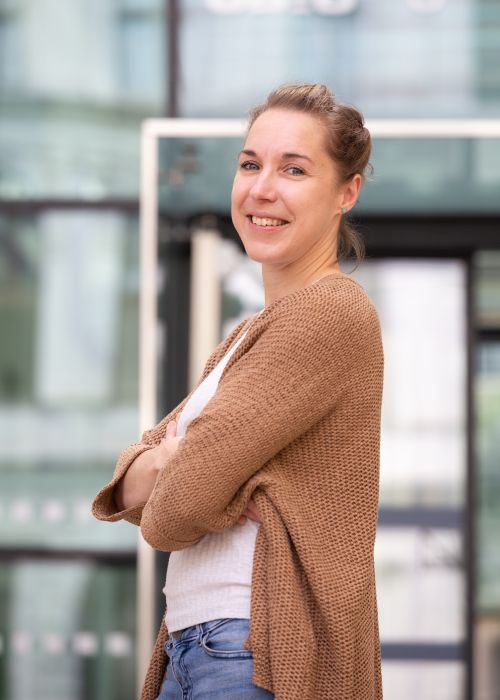Time for SpEED - Making (mathematical) learning opportunities equitable for all

The signing of the United Nations Convention on the Rights of Persons with Disabilities (UN CRPD) in 2008 laid an important foundation for inclusive schooling in Austria. Despite the many developmental and learning opportunities that inclusive education offers to both students with and without special needs, there is still room for improvement in the practical implementation at Austrian schools.
Teachers face the challenge of creating learning opportunities that meet the individual needs of their learners. The open collaboration project "SpEED - Special Education Embodied Design" addresses these challenges and shows on the basis of different projects how learning designs - both subject-specific in mathematics as well as in general - can be developed with regard to interaction and communication so that learners’ individual needs, preferences, and practices can be taken into account and barriers can be reduced. Fundamental to this is a design research methodology in which the design of learning opportunities and research into the learning and interaction processes resulting from their use go hand in hand to revise the design as well as the theory in several cycles.
Universal Design for Learning
The theoretical basis for the design of the learning opportunities combines Universal Design for Learning (UDL) with a design approach based on theories of embodied cognition, the 'Embodied Design for Learning' (see e.g. Abrahamson, 2014). Here, the body comes to the fore as an active component in thinking, and it is explicitly included that cognitive structures are formed through bodily experience with our world and are not the sole province of the brain. SpEED thus sees the potential to develop more specific tools for breaking down barriers and making them available to teachers for use in their classrooms. "Special Education Embodied Design" thus encompasses a new way of thinking about how very different - especially sensory and neurodiverse - learners can learn with and through bodily actions, but also with each other," Christina Krause summarizes the project goal.
Project history
The project was launched in 2019 by members of the Embodied Design Research Lab led by Prof. Dor Abrahamson at the Graduate School of Education and initially consisted of Christina Krause (then postdoc at the Lab, now University of Graz), Sofia Tancredi (PhD student at UC Berkeley/San Francisco State University), Rachel Chen (then PhD student at UC Berkeley/San Francisco State University), and Dor Abrahamson (professor and director of the Lab at UC Berkeley). The team has since expanded to include other projects, designs, and learner populations.
1. Learning takes place in the physical sensomotoric engagement with the world.
2. Learning is based on the existing physical resources of the learners.
3. Teaching activities must be flexibly adaptable to the sensomotoric diversity of the learners.
Click on the link to learn more about the principles and theoretical foundations of the SpEED project.

SignEd|Math
The project investigates the role of sign language in mathematical reasoning. The researchers assume that the use of sign language influences the access and structuring of teaching content. Since there is a lack of conventional mathematical sign language, there are many possibilities for teachers and learners to make mathematical language meaningful in the classroom.
Learn more about the project here.
Balance Number Line
The project demonstrates new ways in which movement can be used as a means to maintain the vigilance of students with a high urge to move for the learning process. Assuming that learning tasks and environments that meet the sensory regulation needs of learners have a positive impact on the effectiveness of the learning process, the project demonstrates how the sense of balance can be used to engage with mathematical concepts through balance board activity.
Learn more about the project here.


Magical Musical Mat
The project aims to demonstrate how learning environments can be designed for non-speaking learners on the autism spectrum and enable social interactions and communication through sound and touch.
Learn more about the project here.
Project Team

Ass.-Prof. Dr.rer.nat. Christina Krause
Fakultäres Didaktikzentrum für Naturwissenschaften und Mathematik für die Unterrichtsfächer Biologie, Chemie, Mathematik und Physik (DINAMA)
https://tinyurl.com/ChristinaKrause